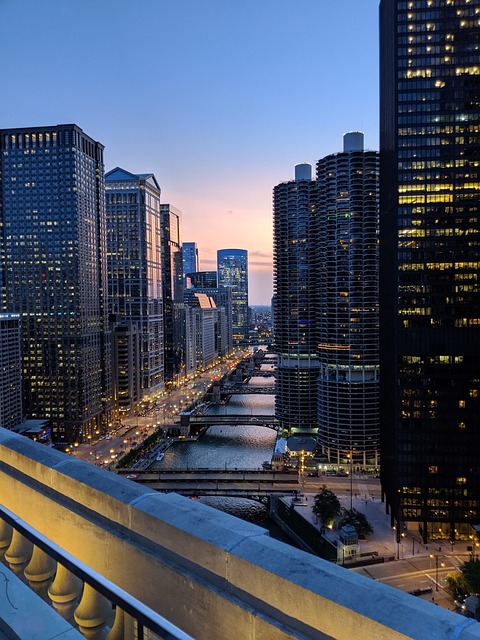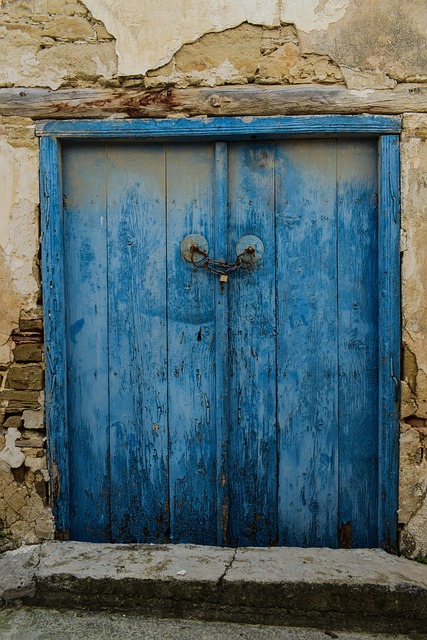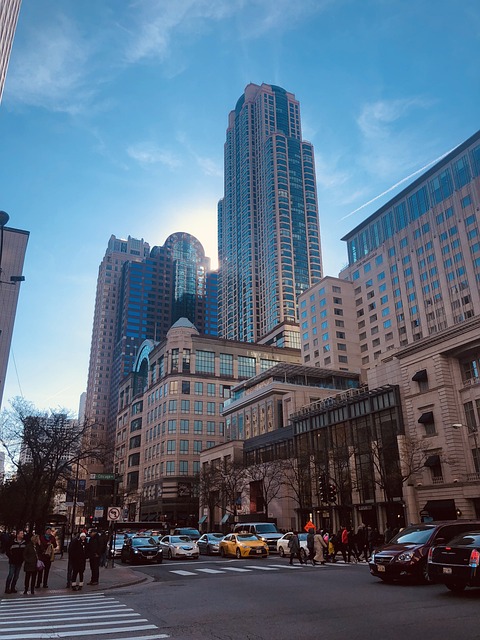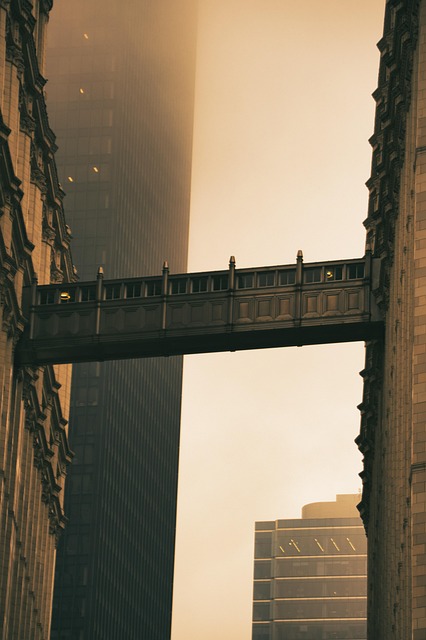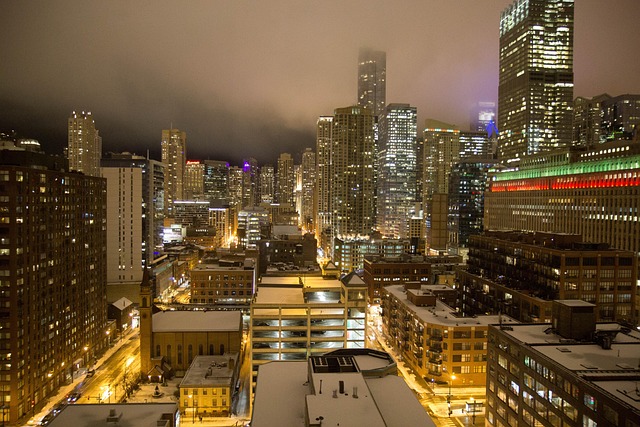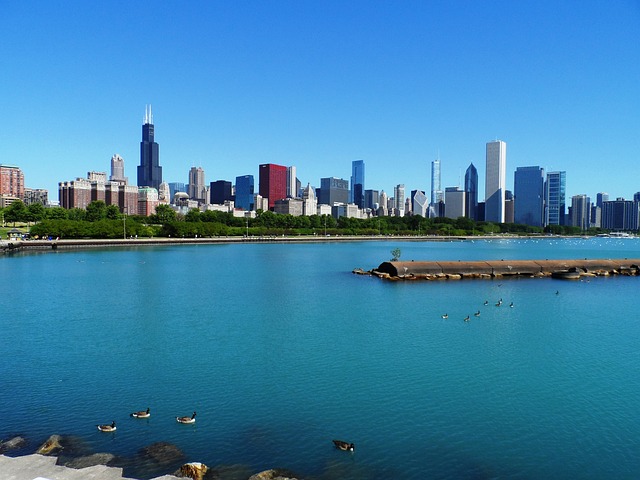In the competitive Chicago real estate market, swift and professional water damage restoration is crucial for homeowners facing flood or fire damage, especially in extreme weather conditions. This process involves five key steps: assessment & extraction, drying/dehumidification, cleaning/disinfection, reconstruction, and odor removal. Understanding insurance coverage is vital before initiating repairs. When selling a fire-damaged house, transparent communication about the extent of damage with potential buyers, guided by restoration experts, can significantly improve the odds of a successful sale in the Chicago market.
In Chicago, water damage can wreak havoc on homes and businesses alike. Understanding the impact and taking swift action is crucial for minimizing restoration costs and ensuring a safe living environment. This comprehensive guide delves into the intricacies of water damage repair in Chicago, offering valuable insights on the process, insurance coverage, and even tips for selling a fire-damaged house in the city. By familiarizing yourself with these aspects, you’ll be better equipped to navigate the challenges that arise from water damage.
- Understanding Water Damage and its Impact on Properties in Chicago
- The Process of Water Damage Restoration: Step-by-Step Guide
- Insurance Coverage for Water Damage Repair in Chicago
- Selling a Fire-Damaged House: Tips and Considerations After Restoration
Understanding Water Damage and its Impact on Properties in Chicago
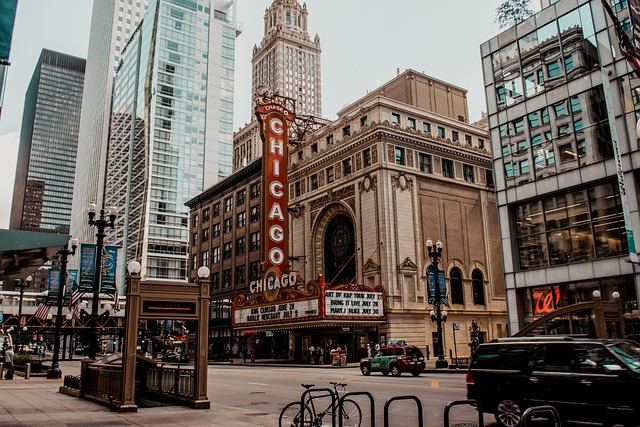
Water damage can have severe and long-lasting effects on properties, particularly in a bustling city like Chicago where extreme weather conditions are not uncommon. When water intrudes into homes or commercial buildings, it can lead to structural deterioration, foster mold growth, and cause irreparable harm to valuable possessions. The impact of water damage extends beyond the immediate visible signs; it can compromise the integrity of walls, floors, and foundations, leading to costly repairs or even the need for a selling fire damaged house Chicago professionals are equipped to handle.
In Chicago, where homes and businesses alike face potential flooding due to heavy rains or burst pipes, prompt action is crucial. Water damage repair services not only address the immediate flooding but also involve a comprehensive process of drying, decontaminating, and restoring affected areas. This includes specialized equipment to extract water, monitor moisture levels, and ensure proper ventilation to prevent mold growth. Professional restoration companies follow strict protocols to mitigate losses, preserve historical structures, and help homeowners or business owners sell fire damaged house Chicago with confidence, knowing their property is in capable hands.
The Process of Water Damage Restoration: Step-by-Step Guide

Water damage restoration is a meticulous process that requires expertise and specialized equipment. Here’s a step-by-step guide to help you understand how professionals handle water damage repair in Chicago, especially when selling a fire-damaged house.
1. Assessment and Water Extraction: The initial phase involves a thorough assessment of the damaged area. Professionals will inspect the extent of water intrusion, identify affected materials, and determine the source of leakage. After assessing the scope of work, they swiftly begin the extraction process, using advanced equipment like vacuums and pumps to remove standing water from floors, walls, and other surfaces. This critical step prevents further damage and mold growth.
2. Drying and Dehumidification: Once the water is extracted, the real work begins. Restorers employ powerful dehumidifiers and air movers to dry out the structure quickly and efficiently. This process helps prevent wood warping, mold development, and other long-term issues. As they work, monitors are placed in strategic locations to track humidity levels, ensuring that every inch of the property is thoroughly dried.
3. Cleaning and Disinfection: Depending on the severity of the water damage, cleaning may involve removing and discarding contaminated materials like carpets, padding, and drywall. Restorers use specialized cleaners and sanitizers to eliminate bacteria, viruses, and mold spores from surfaces. This meticulous step ensures a safe and healthy environment when selling a fire-damaged house in Chicago.
4. Repair and Reconstruction: After the property is dry, restorers can begin repairing or replacing damaged items. This may include fixing or replacing walls, floors, ceilings, and fixtures. In cases of severe water damage, structural repairs might be necessary before considering any renovation or remodeling efforts.
5. Odor Removal and Final Touches: The final stages involve neutralizing any lingering odors caused by the water damage. Professionals use odor-eliminating products and air purification systems to restore a fresh scent in the home. Once complete, the restored property is ready for any necessary finishing touches before going on the market.
Insurance Coverage for Water Damage Repair in Chicago

When dealing with water damage, understanding your insurance coverage is crucial for a smooth repair process in Chicago. Many homeowners’ insurance policies include provisions for water damage repairs, especially after plumbing leaks or flooding events. However, the extent of coverage can vary significantly between policies and providers. It’s essential to review your specific policy to know what’s covered and what might be considered an exclusion.
For those planning to sell a fire-damaged house in Chicago, it’s imperative to check if water damage repairs are included in their insurance. This is because extensive water damage can compound the effects of a fire, leading to more complex and costly restoration needs. Knowing your coverage limits beforehand ensures you have adequate funds set aside or can make informed decisions when navigating the claims process, especially for selling purposes.
Selling a Fire-Damaged House: Tips and Considerations After Restoration
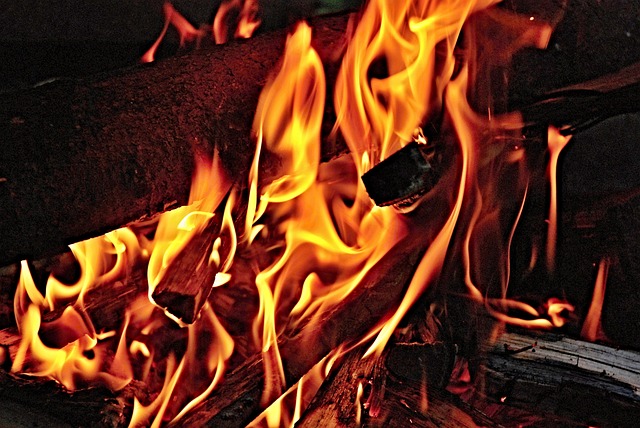
After a fire, many homeowners in Chicago consider selling their damaged property. While it may seem like a straightforward decision, there are several important tips and considerations to keep in mind when selling a fire-damaged house. One of the primary concerns is the potential buyer’s perception; open and honest communication about the extent of the damage is crucial. Provide detailed information about the restoration process, including any repairs or renovations that have been completed or are planned.
Professional restoration companies in Chicago can offer guidance on preparing your home for the market, ensuring it appeals to buyers who may be hesitant to invest in a fire-damaged property. This could involve making cosmetic improvements, repairing structural damage, and documenting the entire process to showcase the transformation. Remember, transparency builds trust with potential buyers, increasing the chances of a successful sale.
When facing water damage or even a fire-damaged property in Chicago, prompt action is key. Understanding the process of restoration, from initial assessment to insurance claims and potential resale, empowers homeowners. By familiarizing themselves with these steps and local regulations, residents can effectively navigate the journey towards rebuilding and selling their homes, ensuring a successful transition in the competitive Chicago real estate market. Remember, seeking professional help for water damage repair and fire restoration is essential to achieving optimal results.

